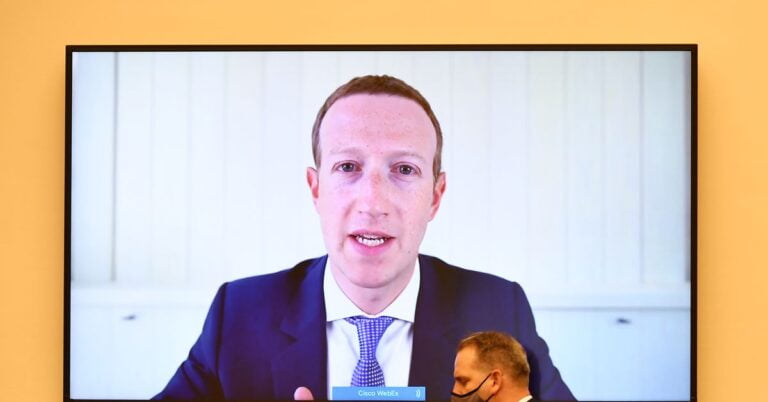
This sponsored article was created by our content partner, BAW Media. Thank you for supporting the partners who make SitePoint possible.
Consumers expect modern, intuitive, and convenient solutions to everyday problems and situations. Like making appointments, booking reservations, and signing up for events.
As antiquated solutions like phone-based reservation systems and basic contact forms grow more and more out of favor, what exactly do consumers want in 2021? In other words, what should the online booking systems that you build for your clients’ companies look like?
Today, we’re going to look at four modern booking trends and how you can use Trafft to build higher-converting online booking systems that exceed consumers’ — and your clients’ — expectations.
4 Modern Trends in Online Booking Systems
Table of Contents
As of writing this, Millennials are the generation with the greatest spending power. Generation Z isn’t too far behind.
Why does this matter? Well, if a brand can’t keep up in terms of technological preferences and demands, they’re bound to lose favor with these powerful consumers. And considering that the majority of Millennials and Gen Zers are attached to their screens for a good part of the day, online booking systems need to be delivered in a manner that makes the most sense for them.
In order to keep up with modern demand, there are four trends you can use to build better online booking systems that convert well.
Trend 1: Smart, efficient booking processes
Booking systems have undergone some much-needed changes over the last decade. That’s because older booking systems were costly to manage and support. Plus, there was just too much friction within the user experience.
Customers got stuck on hold. Or had to wait for someone to help them coordinate their booking. Or their appointment got misplaced due to a clerical error. It was frustrating for customers and time-consuming for businesses.
A Trafft booking system removes these complexities from the booking experience.
For starters, customers want to know what all their options are:
- locations
- providers
- services or events
- days and times
- cost
- payment type
- and more
All of this can be programmed into your online booking system with Trafft so the customer can work out the logistics of their booking on their own and in a matter of minutes.

<!–  –>
–>
What’s more, you can set rules behind the scenes related to things like:
- business days, hours, holidays, and so on
- appointment buffers
- event criteria and limits
- time zones
- employee availability
- pre-payments
This helps your clients avoid those embarrassing calls where they have to ask customers to reschedule because the booking they made isn’t actually available.
What’s more, once the booking is made online, the appointment guidelines you define take care of the rest. Bookings go on the customer’s and employee’s calendars. Reminder emails and SMSs go out. Location space is scheduled. And so on.
It’s super efficient and less prone to errors and frustration than the systems of the past.
Trend 2: Booking forms designed for shorter attention spans
A 2019 study out of the Technical University of Denmark found that our collective attention span is shrinking year by year. This is due to the abundance of information available online.
So, while it’s important for online booking forms to give users options, it needs to be presented in a simplified manner. If it looks complicated or time-consuming, you’re bound to see more drop-offs than bookings.
Just keep in mind that minimal is not the same thing as sparse.
Tech-savvy consumers might feel comfortable and confident with a fast-tracked booking process, but others might not be. If the brevity of your form compromises their trust in the process or in the credibility of the company, that can be just as problematic. So, be careful not to cut corners.
That’s why it’s important to build a form that asks for the minimum while still capturing all of the information you need from the user. At the same time, you should educate them or provide additional context when it makes sense to do so.
With Trafft, your booking process will get broken up into small, easily digestible steps.

<!–  –>
–>
This will make it easier for users to complete the form, as they’re asked to only complete one small task at a time.
You can change the order of steps based on what makes the most sense for your customers. A/B testing will help you find the most logical and ideal order of steps if you’re unsure.
Inputting information into the form is simplified as well. Whether the form calls for customer to click on and select a calendar date and time, or to add their contact info, the steps needed to complete an action are quick and easy to execute.
Continue reading 4 Trends for Modernizing An Online Booking System in 2021 on SitePoint.






